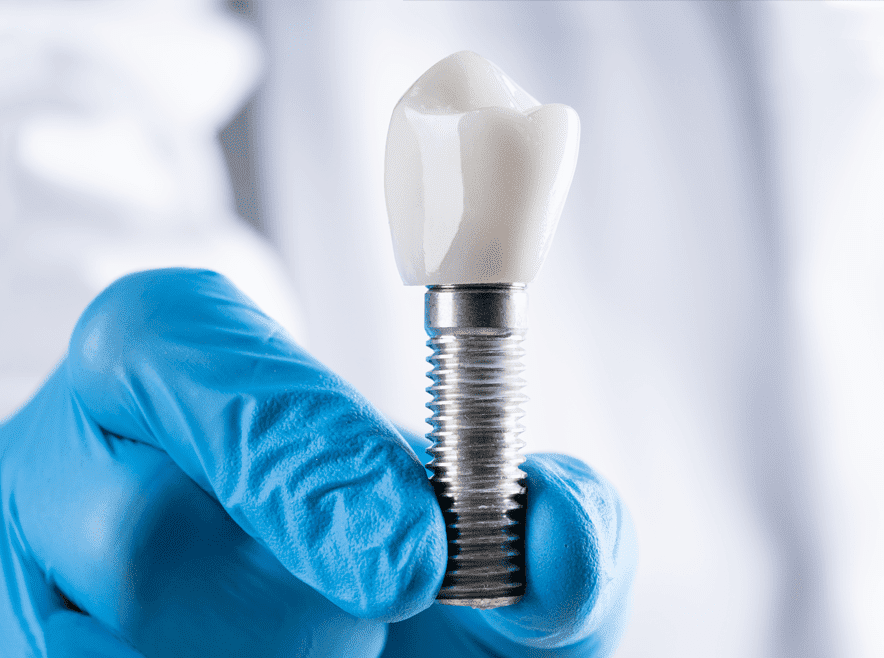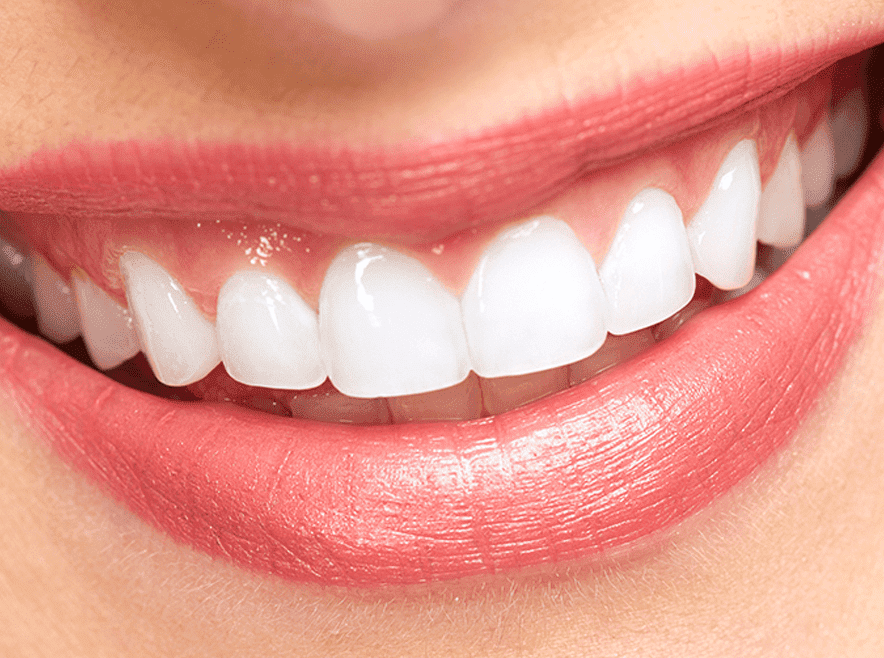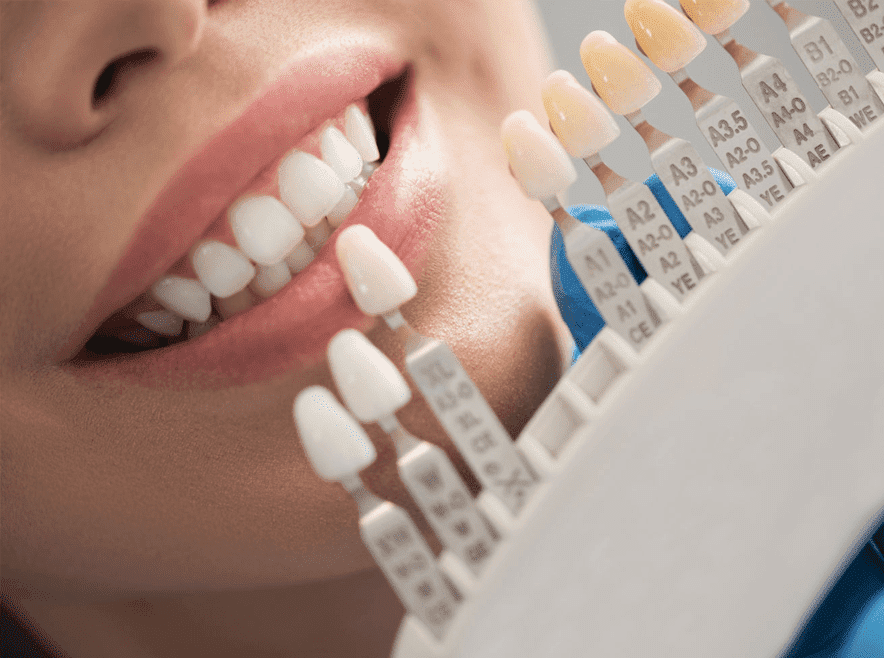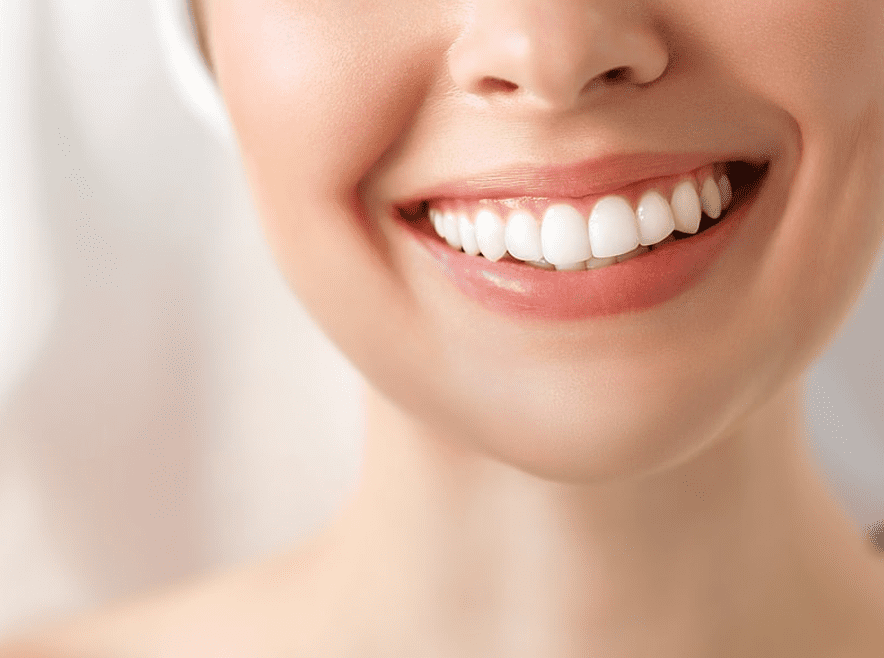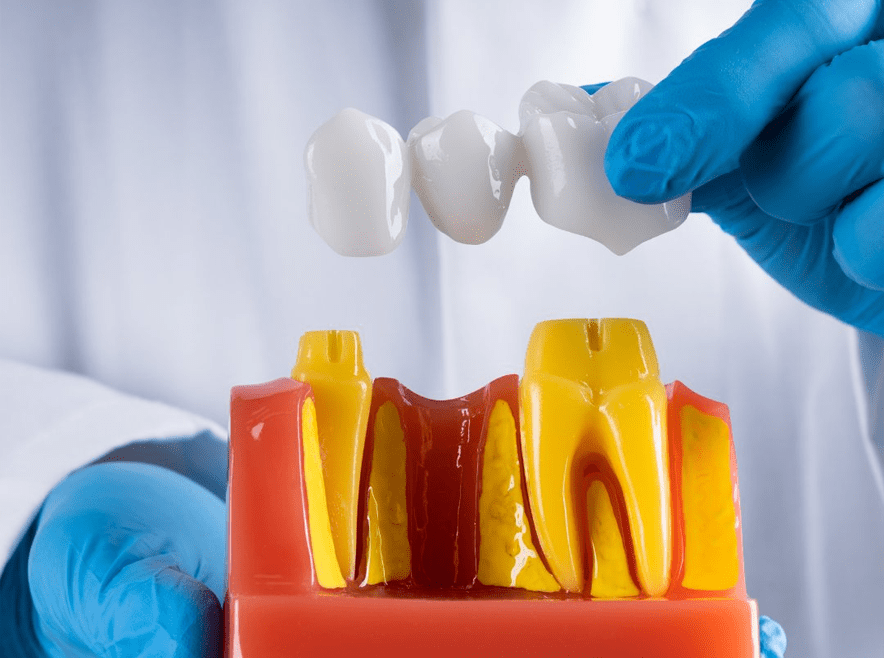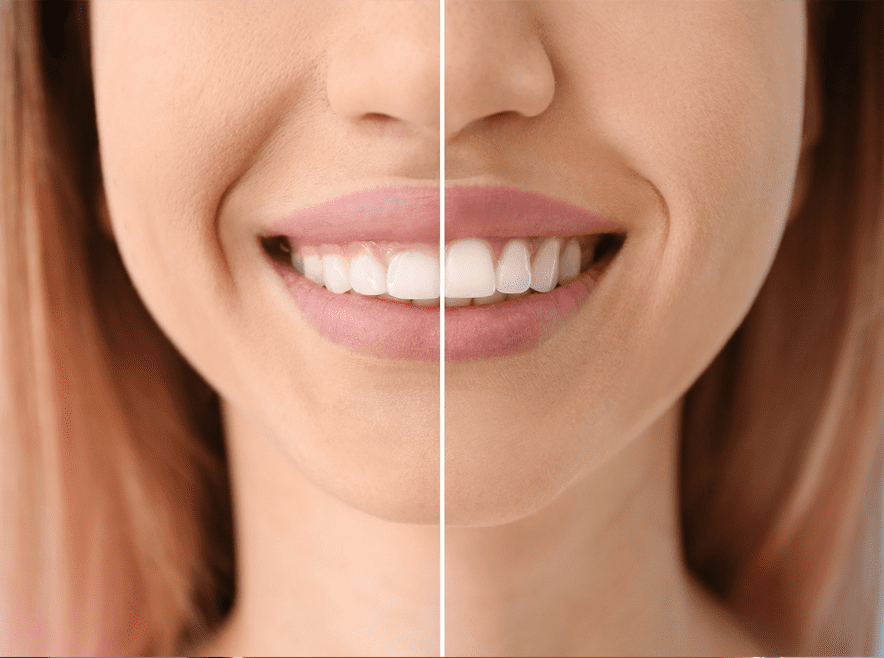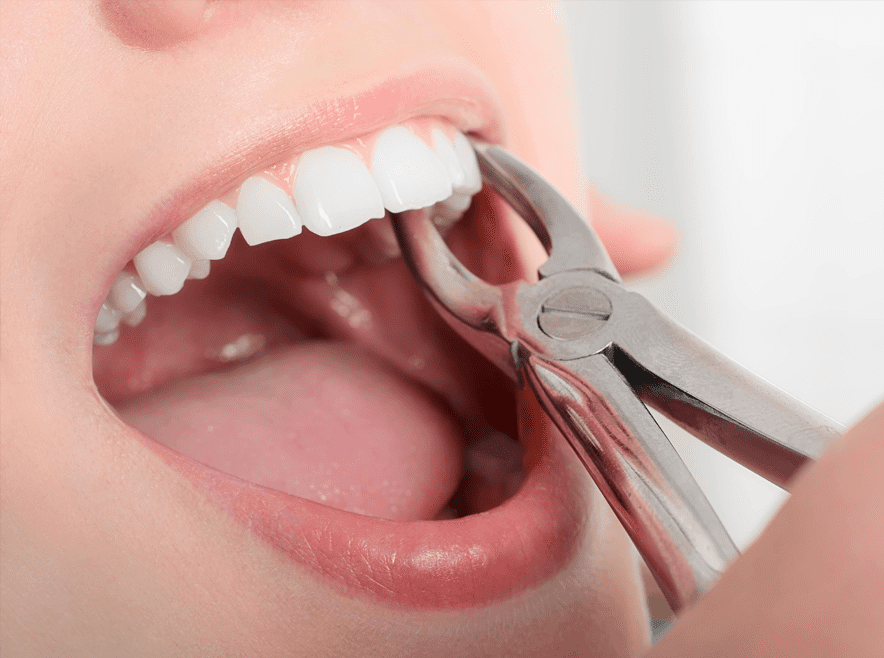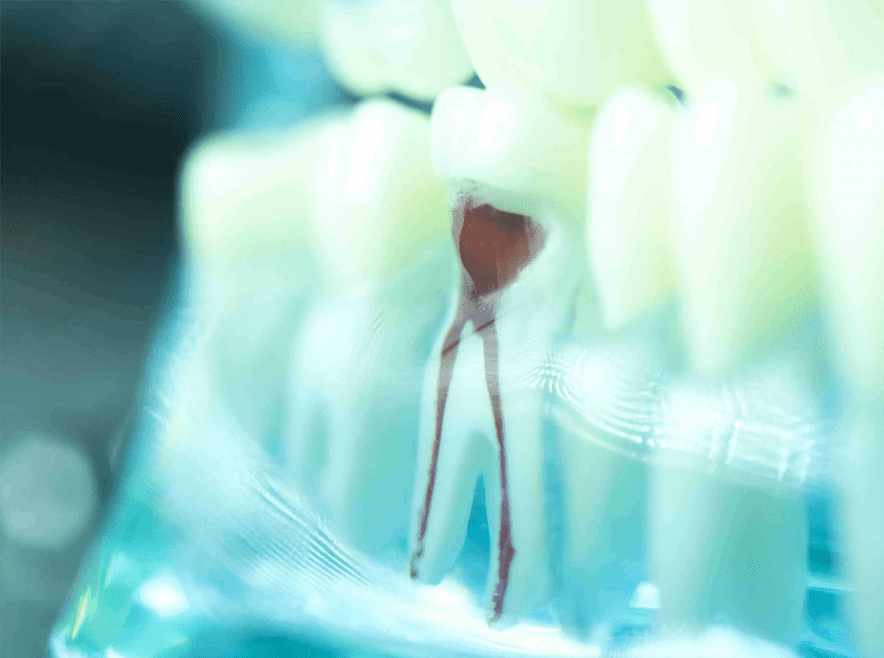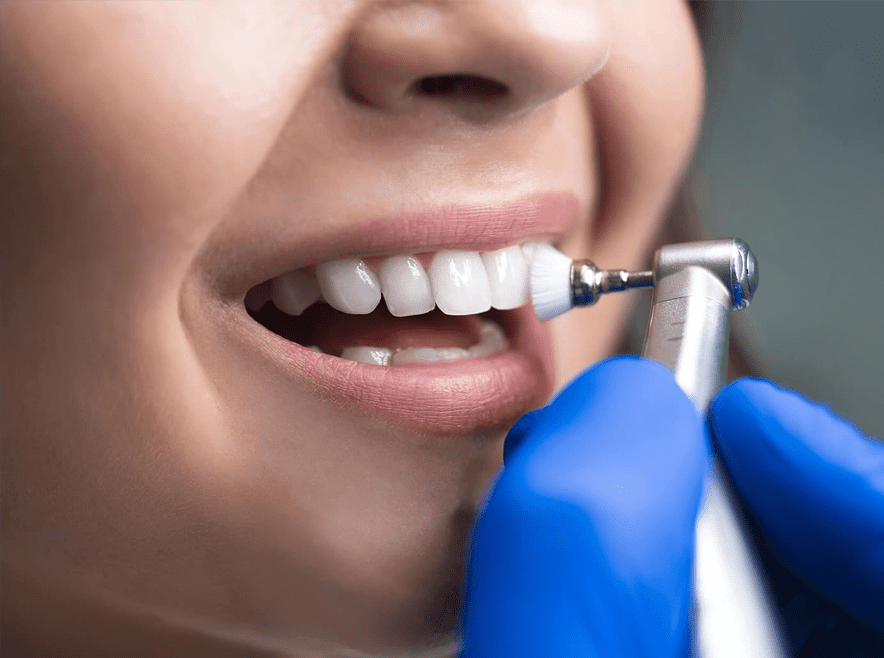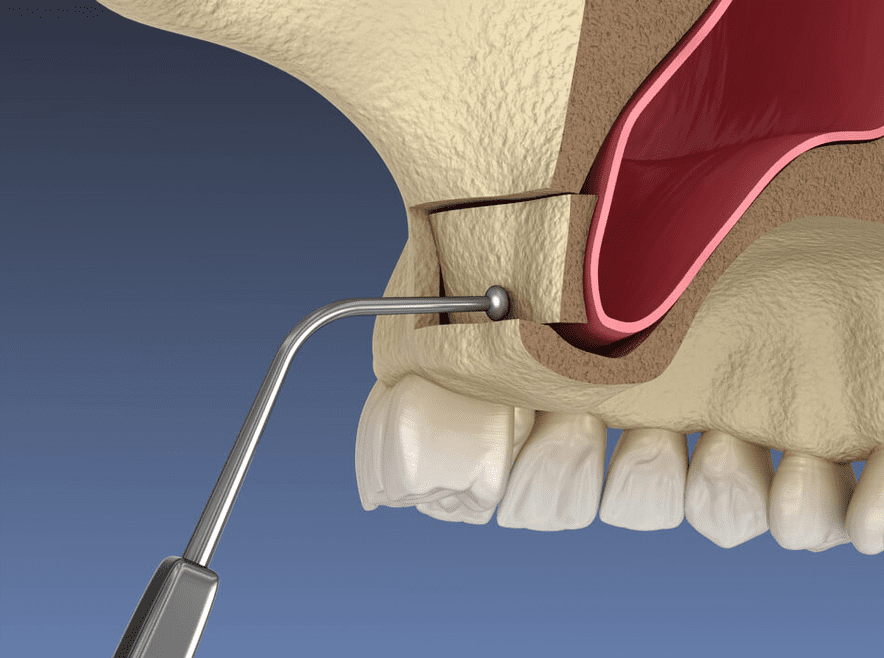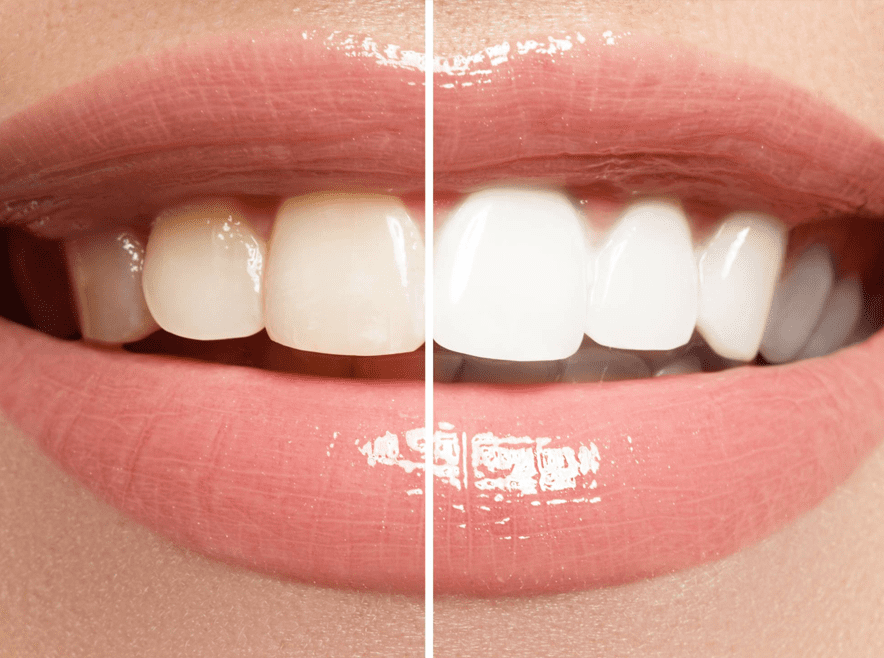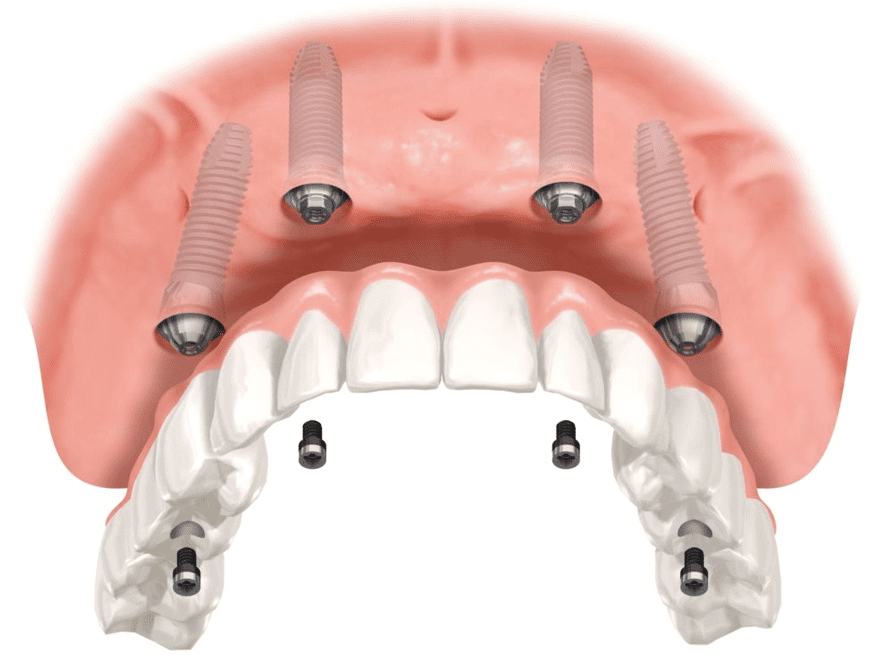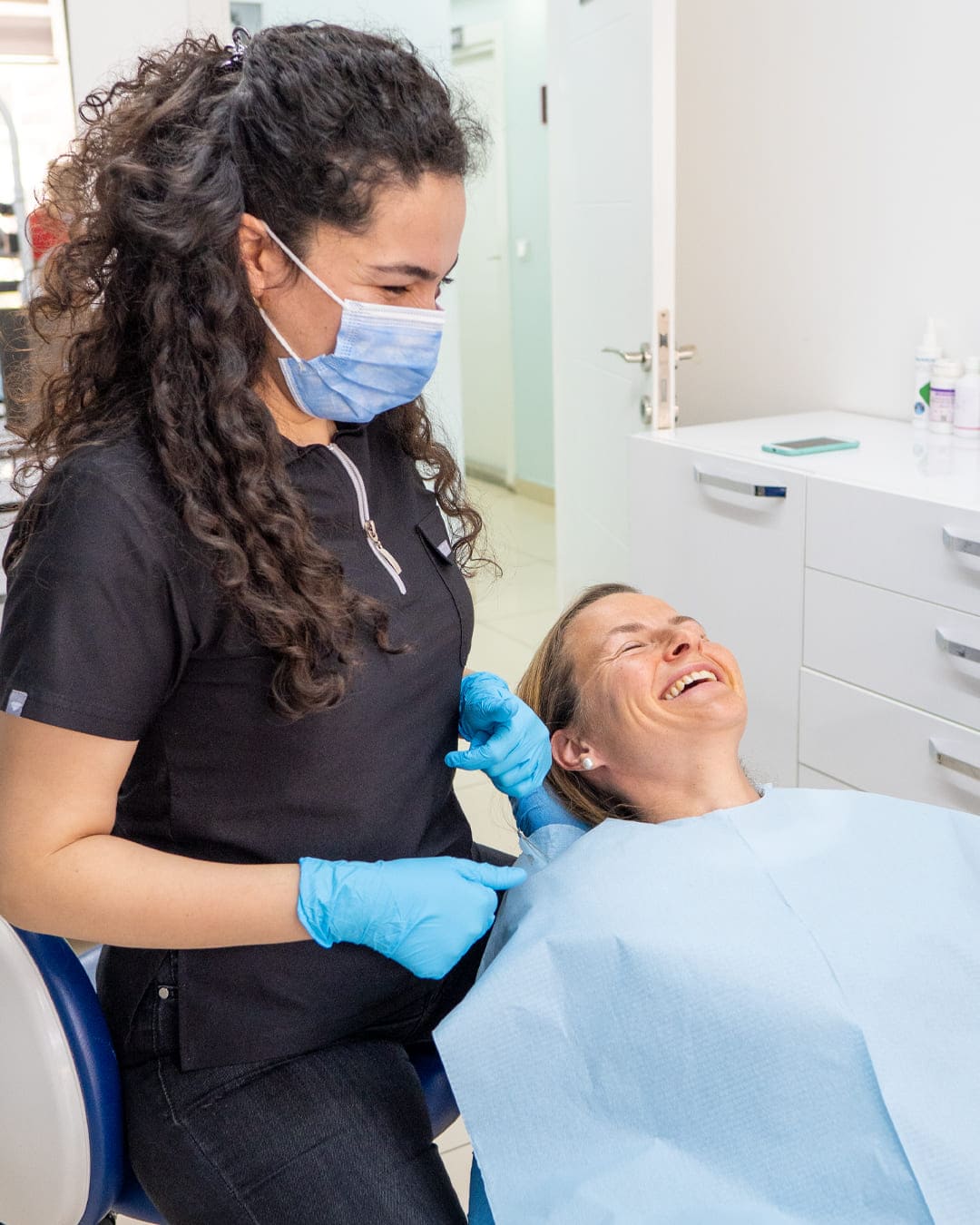INLAYS AND ONLAYS
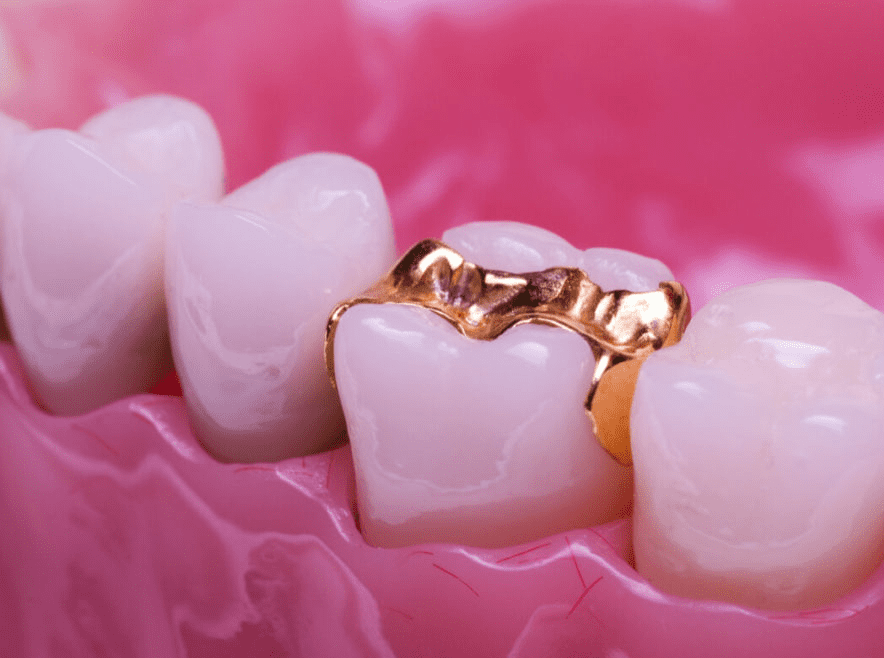
Inlay / Onlay restorations are aesthetic fillings prepared in the laboratory for the restoration of teeth requiring large fillings or root canal treatment. Inlays and onlays are made of porcelain or fiber reinforced composite material. The choice of material to be used is determined by whether other teeth in contact are natural, composite or porcelain. The dental clinic you prefer is very important in terms of the quality of dental care applications, at this point, our Side Dental Center clinic is ready to provide you with quality service in inlay and onlay dental practice.
Why Are Inlay / Onlay Restorations Preferred?
The fact that it requires less material loss in the tooth during the construction phase is the most important reason for preference. Only the decayed tissue of the tooth is cleaned and then the tooth is measured. Then, porcelain or composite inlay / onlay fillings prepared in the laboratory are adhered to the teeth with adhesive systems. This method has many advantages in terms of dental and gum health.
What are the Advantages of Inlay / Onlay Restorations?
1. They are aesthetic
Since inlay and onlay restorations can be made using porcelain and composite materials, they look naturally indistinguishable from your own teeth in terms of tooth color.
2. They are long-lasting
With this method, dental models are obtained in the laboratory by taking the molds of the teeth (with digital or paste-like material) after cleaning the tooth decay. Filling is made of porcelain or composite material on this model.
The application of fillings outside the mouth provides the advantage of being processed in more detail. When the composite material applied outside the mouth is applied in this form, there is less polymerization shrinkage and more durability. This filling, which is made outside the mouth, is adhered to the spaces where the decays are cleaned with adhesive systems.
In addition, it is more resistant to abrasion and chewing pressure than conventional filling material. It also prevents fractures caused by biting force.
3. They protect the remaining solid tooth tissue
Inlay / onlay (porcelain or composite filling prepared in the laboratory) is applied especially on teeth with canal treatment or on tooth surfaces with advanced caries. After the decay is removed in these teeth, there remains insufficient intact tooth tissue. This contacts neighboring teeth impossible. If there is no contact point with the neighboring tooth, the foods you eat easily accumulate in between, which causes problems in the dental tissue and gums. Since inlay and onlay fillings are prepared on the model, the desired anatomical form and contact can be provided easily. In this way, dental and gum health is preserved after treatment.
4. The risk of edge leakage and new decay formation is minimal
The advantage of this treatment method is that the restoration can be studied in a much more detailed and efficient manner during its production in the laboratory environment compared to the oral environment. In this way, the restoration borders are much more beautiful and edge leakage is reduced. The negative effects caused by factors such as moisture, saliva, and blood, which are exposed during the filling in the mouth, in the adhesion and hardening of the filling are also minimized. This situation ensures that the teeth are as healthy as before.
5. Tooth-restoration match is very sensitive
The aim of dentistry is to preserve your natural tooth structure as much as possible. For this reason, your dentist may recommend inlays and onlays instead of crowns in cases where teeth can be restored with a more conservative treatment method.
How Long Do Inlay and Onlay Restorations last?
The life of inlay or onlay restorations depends on the material they are made, the condition of the tooth, chewing forces, the patient’s attention to oral hygiene and regular dentist controls. Generally, they continue their duties in a healthy way for decades.
How to Apply in Inlay / Onlay Restorations?
- Since inlays and onlays are prepared in the laboratory, they can be completed in two appointments.
- At the first appointment, the decay is cleaned and the teeth and surrounding teeth (with digital or paste-like impression material) are measured. The dental cavity is closed with a temporary filling material. The measurement is sent to the laboratory.
- Temporary filling is removed at the second appointment. The inlay / onlay from the laboratory is rehearsed. The thread is prepared for the bonding process. The inlay or onlay is attached to the tooth using a special adhesive. The closing is fully adjusted and polished by the dentist.
What is the Difference Between Inlay and Onlay?
The difference between them is in the area they cover. Inlays are more similar to fillings, but they are located between the mounds (tubercle) on the chewing surface of the teeth. Onlay is made to cover one or more hillocks.
Do Inlay / Onlay Restorations Require Special Care?
The only care required for the longevity of inlays and onlays is a regular oral care procedure that includes brushing teeth, flossing and regular dentist visits.
Free Online Consulting
Fill The Form Below & Get Your "Special Treatment Plan & Quotes"
SIDE DENTAL CENTRE
What We Do ?
SIDE DENTAL CENTRE
We Written For You.
Powered by Enes Medya | velmut.com



